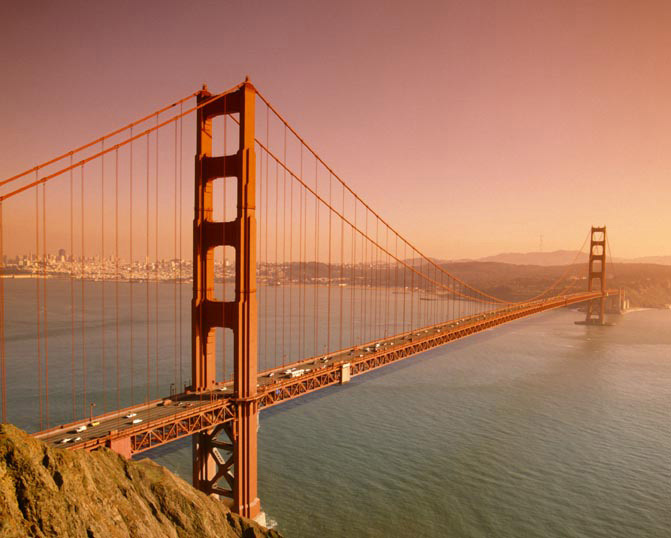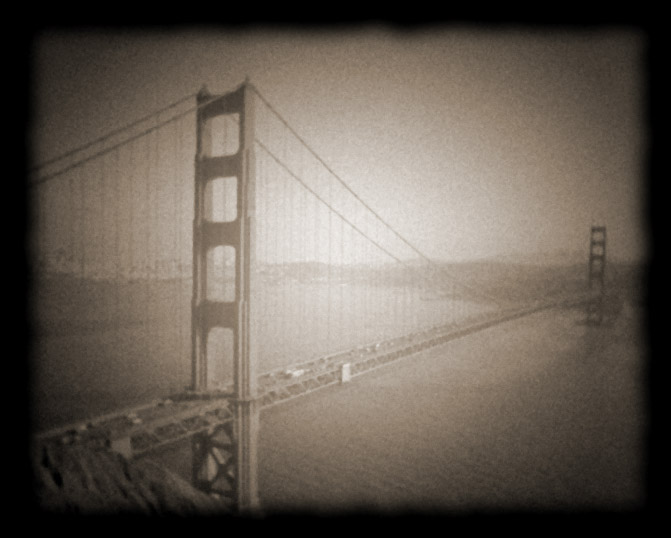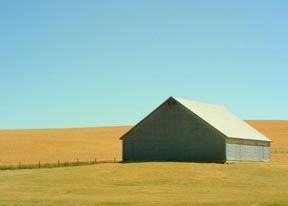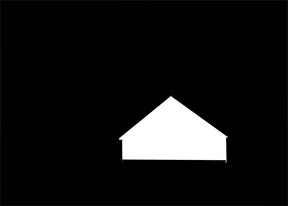There really is no fight between which is better, layers or channels. Actually, layers and channels are two very different parts of the image puzzle in Photoshop. Each are used for separate and specific purposes.
Layers are like sheets of transparent glass laid one on top of the other as they are created. Your view of the image is from the top down THROUGH what ever layers have been created. You can create a new layer by clicking on the new layer icon at the bottom of the layers pallet.
The biggest advantage of working in an image with layers is that layers allow you to isolate parts of an image from other parts in the same image for the purpose of selected manipulation during the editing process. Layers allow you to work on parts of your image without disturbing any other parts placed on the other layers.
When the editing process is completed and you are satisfied with your image, you can merge, or combine, the layers into one composite layer.
TIP: Before you flatten and save your image, duplicate it (Image > Duplicate), then flatten one and save both the flattened and layered version. If you decide later to edit your image more, you have the saved layered file to do so.Channels, on the other hand, have a completely different function than layers. There are also two different types of channels:
color channels and
alpha channels.When you open or create a new image in Photoshop, color information channels are created automatically. The number of color information channels is determined by the image’s color “
mode”. An RGB image (Image > Mode > RGB) has four separate default channels, a red channel, a green channel, a blue channel and a composite channel made up of all three and used to edit the image as a whole. A CMYK image (Image > Mode > CMYK) has five separate channels; a cyan, magenta, yellow, black and also a separate composite channel. You can edit each channel separately or work exclusively in the composite channel for the desired effect. Color channels allow you to edit or manipulate the color data of an image.
Alpha Channels have a different purpose all together. You create an alpha channel to store or save selection information for later use. These selections are stored as grayscale images and can be loaded back into the image again and again. Alpha channels are also referred to as selection “
masks” and are used to protect areas of an image during the manipulation or editing process. You can save a selection ( Selection > Save Selection ) as an Alpha Channel selection mask or load it ( Select > Load Selection) for later use.
An image can have up to 56 channels. Remember layers and channels add data size to your file.




